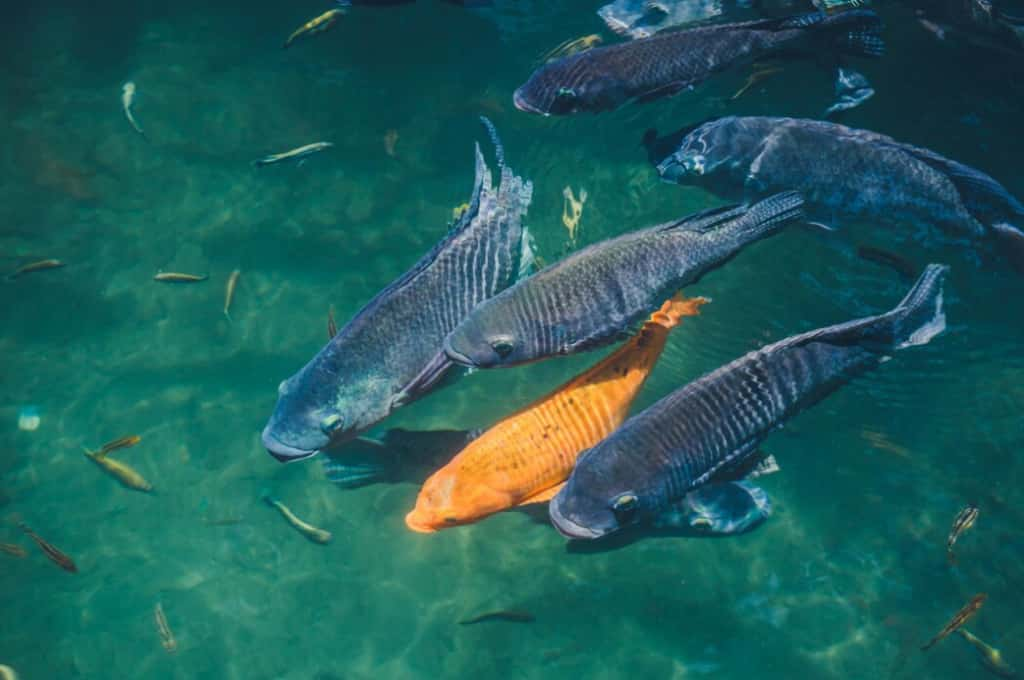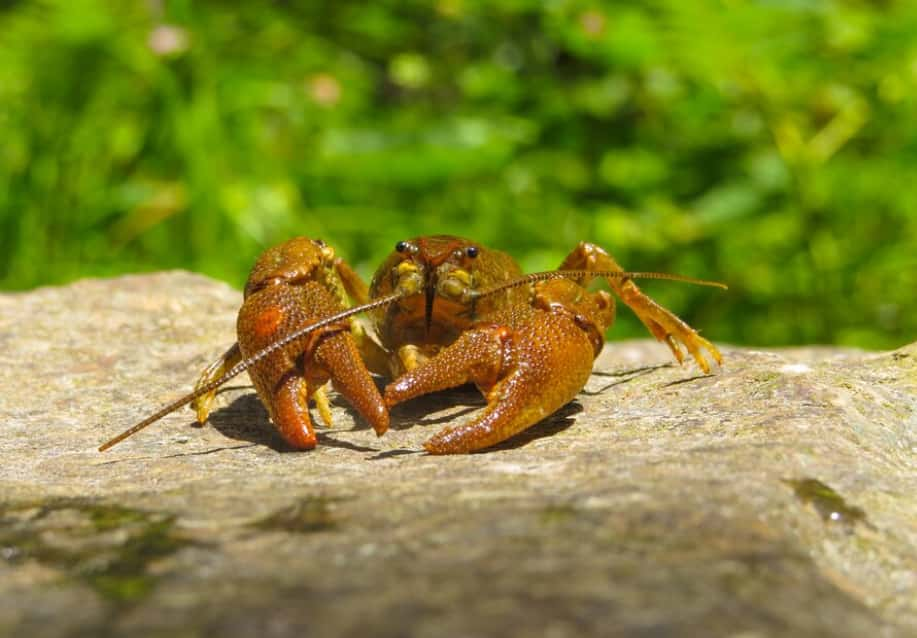As the global population climbs and wild fish stocks decline, the importance of growing fish sustainably has never been more critical. Sustainable aquaculture holds the promise of providing a continuous supply of seafood without depleting natural populations or harming the environment. Exploring advanced fish farming techniques aligns with a parallel exploration into cultivating fast-growing hardwood trees sustainably, providing a holistic view of sustainable practices in diverse ecosystems.
This article delves into advanced techniques that are revolutionizing the way we farm fish and ensuring a sustainable future for aquaculture.
Maximizing Fish Farm Profits
A multitude of aquatic species exhibit rapid maturation and thrive with minimal care, flourishing under the right feeding regimes and environmental settings. To elevate the productivity and profitability of your aquaculture enterprise, it’s crucial to choose species known for their swift growth rates.
Leading this group are various types of tilapia, such as the blue, Nile, and Mozambique tilapia, all capable of reaching market size within a mere 8 to 9 months. Other notable fast-growing species include catfish, barramundi, freshwater prawns, salmon, perch, carp, bass, trout, guppies, and crayfish.
It’s vital to maintain ideal aquatic conditions, paying close attention to water temperature, pH levels, and the availability of nutrients, as these elements play a pivotal role in the growth trajectories of these species. With this in mind, let’s dive into a detailed examination of these key factors and discover the 13 most rapid-growing fish species suitable for aquaculture.
Top 13 Swift-Growing Aquaculture Fish for Profitable Farming
When it comes to the profitability of aquaculture, the growth rate of the fish is a crucial factor. Faster growth to market size equates to higher efficiency and potential profit for aquaculture operations. Here are some species known for their rapid growth:
Tilapia, renowned for its swift growth, is a top contender in aquaculture due to its hardiness and quick maturation.
The reasons tilapia is favored among aquaculture businesses include:
- Low maintenance requirements;
- Rapid growth to market size;
- Adaptability to various aquatic environments;
- High market demand and palatability.
Highlighted below are three tilapia species that stand out in aquaculture for their exceptional growth rates.
Nile Tilapia: Easiest and Fastest-Growing Tilapia Variant
Nile tilapia, a species highly recommended for aquaculture, exhibit remarkable growth rates and are known for their adaptability. These fish are capable of reaching a substantial size of 3 to 4 pounds within a mere year. Their rapid growth is complemented by their resilience to various diseases and ability to prosper in less-than-ideal water conditions. Typically, Nile tilapia reach a marketable size within a span of 5 to 7 months, making them a top choice for fish farming.
Mozambique Tilapia: A Close Second in Rapid Growth
Mozambique tilapia, although not as robust as Nile tilapia in terms of growth rate and environmental adaptability, are still a significant species in aquaculture. They are more sensitive to extreme cold temperatures, which can impede their growth compared to Nile tilapia. Nevertheless, Mozambique tilapia can achieve a marketable size of approximately 1 pound every 6 months when provided with adequate nutrition, ideally five feedings per day. This growth rate, while slower than that of Nile tilapia, is still faster than many other fish species.
Blue Tilapia: Rapid Growth and Unstoppable Reproduction
Blue tilapia, renowned for their quick growth, can reach a harvestable size in just 6 to 9 months. While their growth is rapid, their reproductive rate is equally high, which can lead to them becoming invasive in ecosystems where they are not native. This prolific breeding can lead to the dominance of blue tilapia over local fish populations in such environments.
Catfish: Swift Growth in Fish Farms, a Top Choice
Catfish are another viable option for aquaculture due to their rapid growth in controlled environments like fish farms. While they may take slightly longer to reach a pound in weight compared to tilapia—typically 8 to 10 months—they can be harvested at a smaller size, around 80 to 200 grams, within a 3 to 5 month period. Catfish are adaptable to various environments, including indoor setups, and thrive even in suboptimal water conditions due to their bottom-feeding nature. They can coexist with other fish species, require less labor to manage, and have a lower susceptibility to diseases.
Yellow Perch: Among the Fastest-Growing Perch Varieties
Among various types of perch, yellow perch stand out for their rapid growth rate. They are a prominent species in aquaculture, with the ability to reach a weight of one pound in about 16 to 20 months. Although this growth rate is slower than that of tilapia, yellow perch have an advantage in cooler water conditions, where they tend to thrive better than tilapia species.
Carps: Tough and Rapid Growth in 4–6 Months

Carp species, known for their resilience and rapid growth, can achieve a weight of one pound within a brief period of 4 to 6 months. The ease of cultivating carps stems from several factors:
- Certain carp varieties, such as silver carp and grass carp, are herbivorous, allowing for a diet of inexpensive plant-based feeds;
- They require minimal management and have a short farming cycle;
- Silver carps can be cultivated alongside other carp species in a practice known as polyculture;
- Carps generally attain marketable sizes more rapidly than many other fish species.
Barramundi: Speedy Growth at 82°F Temperature
Barramundi, a species well-suited to warm-water aquaculture environments, exhibits optimal growth in waters with high dissolved oxygen levels. They thrive particularly well in temperatures ranging from 78°F to 86°F, with 82°F being the ideal for accelerated growth. In such optimal conditions, barramundi can reach a marketable size within 6 to 12 months.
Farm-Grown Bass: Faster Growth Compared to the Wild
Various bass species have been successfully cultivated in fish farms, with the hybrid striped bass being a notable example. This particular species can grow to a pound in 12 to 16 months, having been specifically bred to adapt to challenging conditions and grow rapidly. Another hybrid, the Tiger bass, is renowned for its swift growth, potentially reaching up to 16 inches in a year under ideal conditions. However, their growth rate can be influenced by factors like water temperature and food availability, as Tiger bass are known to be aggressive feeders.
Prawns: Attaining Marketable Size in 4-5 Months
Prawns, although not a fish species, present a lucrative opportunity when cultivated in freshwater ponds. These crustaceans, typically found in tropical and subtropical areas, are highly profitable due to their ability to reach a marketable size in about 4 to 5 months, with maturity occasionally extending to 6 months. Incorporating prawn farming into aquaculture can significantly enhance profitability.
Guppies: Maturing into Adult Fish in 6 Months
Guppies, widely recognized as vibrant and decorative fish, are a popular choice for indoor aquariums and aquaponic systems. They are valued for their affordability, low maintenance requirements, and quick growth. A guppy typically matures from a fry to an adult, measuring about 4-6 cm, within just 6 months, adding a splash of color and life to indoor aquatic environments.
Farm-Raised Trout: Reaching 1 Pound in 10–12 Months
While trout do not grow as rapidly as species like tilapia or carp, farm-raised trout can attain a weight of one pound within a span of 10 to 12 months, a rate faster than their wild counterparts. Raising trout demands more effort due to their specific requirements, such as cooler water temperatures (between 50°F and 60°F) and high-quality water, but their market value and distinct flavor make them a worthwhile investment.
Modified Salmons: Outpacing Wild Counterparts in Growth
Genetically modified salmons, designed to grow at an accelerated pace, have significantly reduced the time it takes for these fish to reach market size compared to their wild counterparts. Wild Atlantic salmon typically take about 32 to 36 months to mature, whereas these modified salmon can achieve market size in just 16 to 18 months. Despite their rapid growth, raising high-quality salmon still demands good water conditions, cooler temperatures, and a higher level of knowledge and skill, as they are hatched from eggs rather than as fry.
Crayfish: Excellent Fast-Growing Crustacean for Fish Farms

Crayfish, particularly the red claw variety, are an excellent addition to aquaculture ventures, even though they are not fish. These crustaceans are notable for their straightforward life cycle and quick maturation, transforming from craylings to adults in 3 to 13 months. They are easy to manage, requiring only a basic low-protein diet and no complex technology. Crayfish, resembling small lobsters, not only are a tasty delicacy but also carry a high market value. Their fast growth and profitability make them an attractive option for diversifying aquaculture farms.
Conclusion
In conclusion, aquaculture is all about strategic management, from selecting the right species to understanding and optimizing environmental parameters. By focusing on these factors, you can enhance the overall efficiency and productivity of your fish farm. As aquaculture continues to grow and evolve, it is likely that new innovations and advancements will emerge, presenting even more opportunities for sustainable and profitable fish farming.